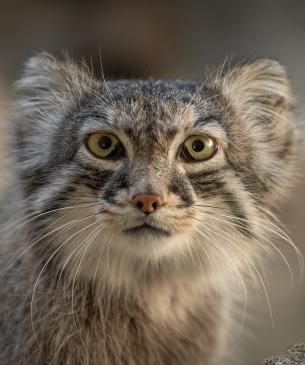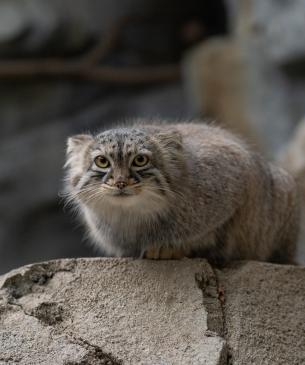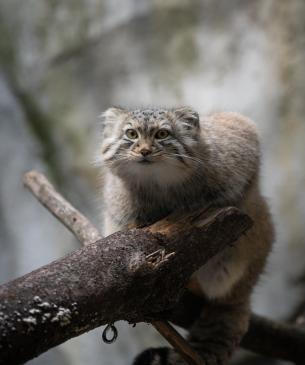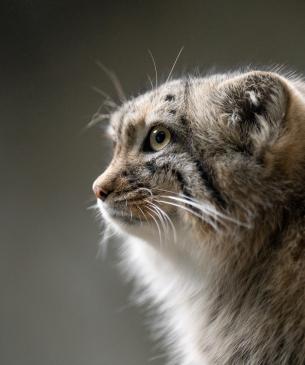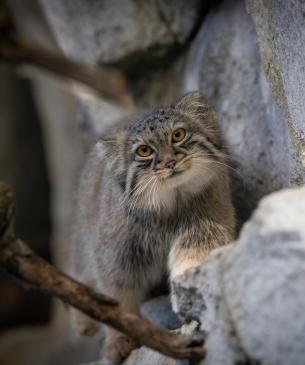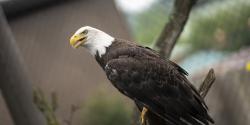This small cat is named after the German naturalist Peter Simon Pallas, who first described the species to the western world in 1776.
The Mongolian name for the species is "manul." When Pallas' cats were first discovered, some naturalists mistakenly thought they were the wild ancestors of domestic Persian cats because they look so much alike.
Scientific Name: Felis manul
Conservation Status: Unknown
Size: Body length ranges from1 9.5” to 25.5”, with an additional tail length of between 8” to 12”.
Weight: They range between 4.5 to 11 lbs.
Median Life Expectancy: Median Life Expectancy: 8.7



